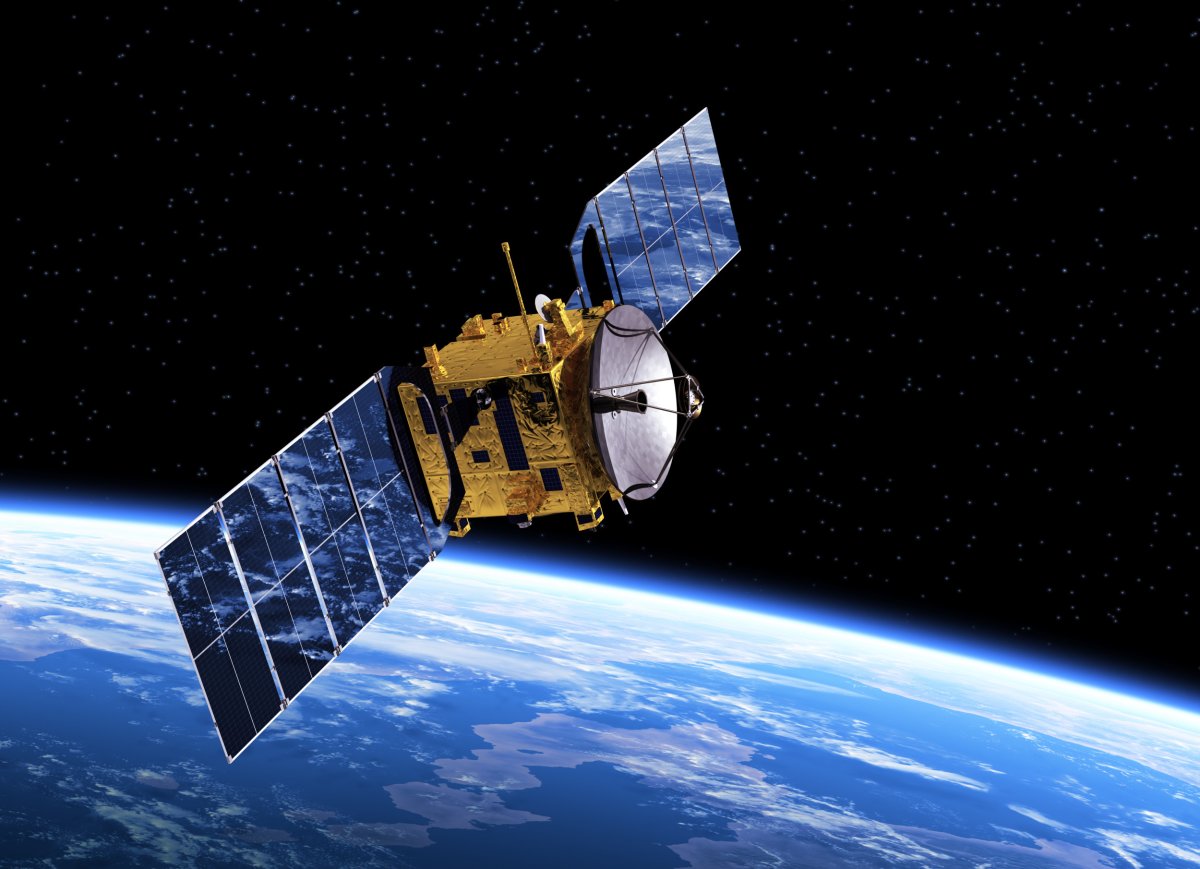The vast number of satellites we are sending into orbit around the Earth may alter and weaken the planet's magnetic field, as well as creating more spectacular auroras in the skies.
In the few years since 2020, the total number of satellites orbiting our world has doubled, most of which are part of SpaceX's "megaconstellation" of Starlink satellites.
In the future, the satellite population is likely to only further increase by between 500,000 to 1 million, and this may have an impact on the Earth's magnetic field, according to a new paper on the arXiv server that has not yet been published in a scientific journal.

Over 15,000 satellites have been sent up into space since the 1950s, and the satellite tracking website "Orbiting Now" shows that there are currently 9,371 satellites in orbit around the Earth, 8,325 of which are in Low Earth Orbit. Every satellite in orbit around the Earth eventually falls back into the atmosphere as its orbit decays, with those orbiting closer to the Earth's surface falling much sooner. This deorbit of satellites en masse may have the power in the future to impact the strength of our magnetic field.
"More than 500,000 satellites are expected in decades ahead, primarily to build internet megaconstellations. Every satellite that goes up will eventually come down, disintegrating in Earth's atmosphere. This will create a massive layer of conducting, electrically charged particles around our planet," Sierra Solter, a physics graduate student at the University of Iceland, told spaceweather.com.
This is essentially because of something called the Van Allen Belts, which are two lobes of charged particles of solar wind stretching out from the Earth's surface, held in place by our magnetic field. All of the charged particles in our Van Allen Belts currently weigh a grand total of 0.00018 kilograms. However, once satellites start to fall into the atmosphere regularly and burn up into tiny particles, the Van Allen Belts may gain in mass.
"The mass of a second generation Starlink satellite is 1,250 kilograms, all of which will become conductive debris when the satellite is eventually de-orbited," Solter said.
"The space industry is adding enormous amounts of material to the magnetosphere in comparison to natural levels of particulate matter," says Solter. "Due to the conductive nature of the satellite debris, this may perturb or change things."
The impact of these satellites on the Van Allen belts depends on the rate of mass being shed by the deorbiting spacecraft, which may trigger more spectacular Northern Lights in the skies.
"It depends on the loss rates. It's true that the mass in a satellite is large compared to the mass contained in the Van Allen belts, but it is at low altitudes and the preprint [scientific paper] doesn't estimate any loss rates. Worth modeling I think, which could be done with the detailed space weather models that we now have," Sandra Chapman, astrophysicist and director of the Centre for Fusion, Space and Astrophysics at the University of Warwick, told Newsweek. "So if this mass was actually being pumped into the radiation belts we would see effects—like strong aurora."

Solter worries, however, that these changes to the Van Allen Belts may weaken the magnetic field around the Earth, exposing us to greater levels of cosmic rays and solar storms.
"It's a textbook undergraduate physics problem," she explains. "Suppose you put a conductive shell (satellite debris) around a spherical magnet (Earth). Outside the shell, the magnetic field goes to zero due to shielding effects. This is a highly simplified comparison, of course, but we might actually be doing this to our planet."
"It is very concerning," she concludes. "We absolutely cannot dump endless amounts of conductive dust into the magnetosphere and not expect some kind of impact. Multidisciplinary studies of this pollution are urgently needed."
The amount of satellites we are sending up into space is already having other impacts on our planet: one 2023 study found that as satellites burned up, they were polluting the stratosphere with heavy metals like silver, iron, lead, magnesium, titanium, beryllium, chromium, nickel and zinc. These metals were found embedded in around 10 percent of sulfuric acid particles in the stratosphere
Additionally, the huge number of satellites going into orbit are feared to increase light pollution in the night sky, and cause possibly hazardous traffic jams or collisions in low Earth orbit.
Do you have a tip on a science story that Newsweek should be covering? Do you have a question about satellites? Let us know via science@newsweek.com.
Uncommon Knowledge
Newsweek is committed to challenging conventional wisdom and finding connections in the search for common ground.
Newsweek is committed to challenging conventional wisdom and finding connections in the search for common ground.
About the writer
Jess Thomson is a Newsweek Science Reporter based in London UK. Her focus is reporting on science, technology and healthcare. ... Read more
To read how Newsweek uses AI as a newsroom tool, Click here.





